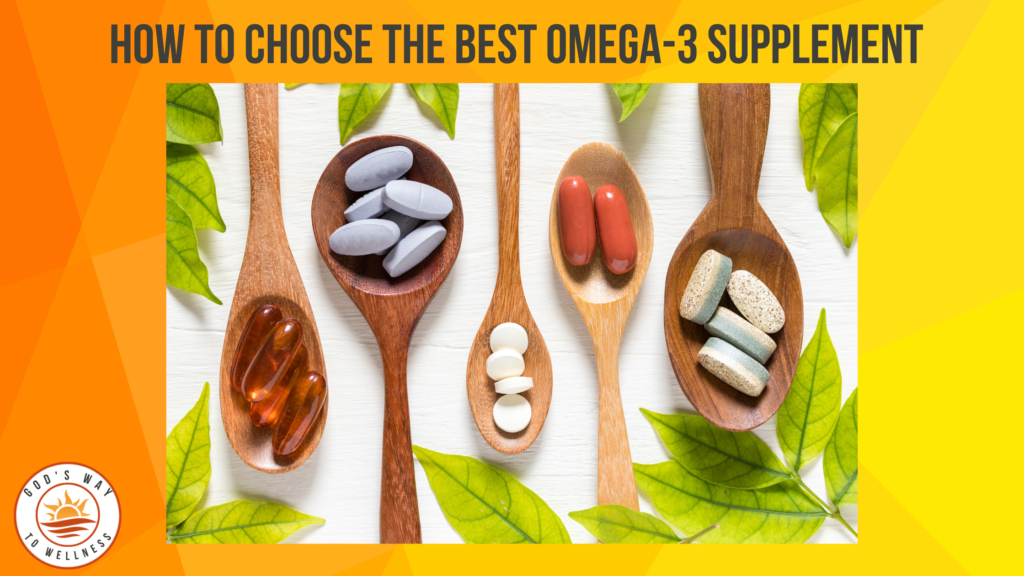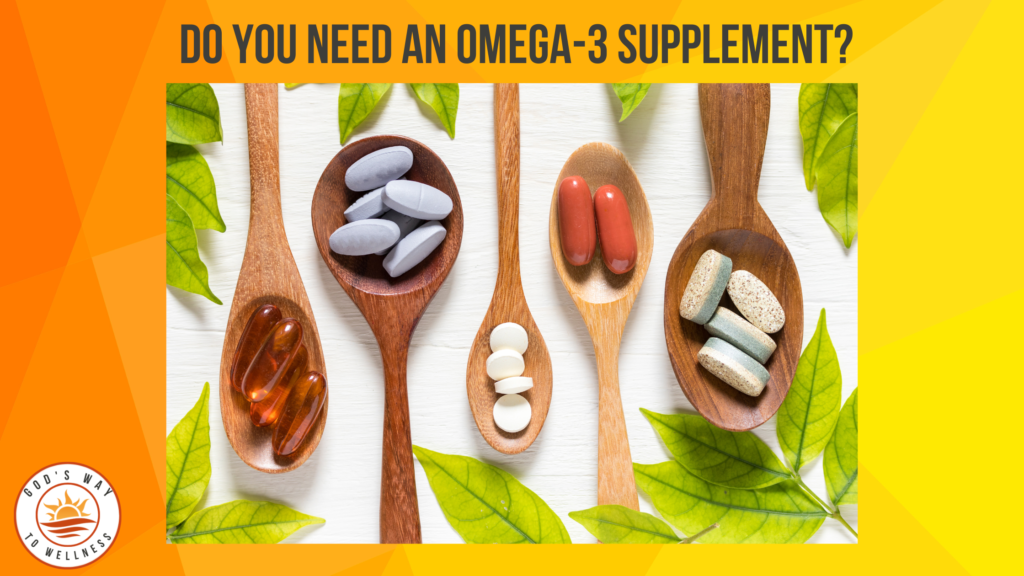Thousands of food products line the grocery store shelves with bewildering and conflicting claims on the labels. Meanwhile, do you know what food labels and claims are based on facts—certification by reputable organizations—and which are fiction, purely advertising to sway you to purchase?
Learn how to make good purchasing decisions for you and your family. In addition, maximize your wellness and minimize time spent shopping by demystifying food labels and claims.
First, don’t believe the front label
Food companies use the front of packages to convince you to buy their product. Deceptive practices called “greenwashing”–earth tones, environmentally looking packaging or pictures of farm scenes imply healthiness of a product.
Don’t be fooled! In fact, many labels on the front of the package are total fiction.
For example, read the front label of Welch’s Fruit Snacks.
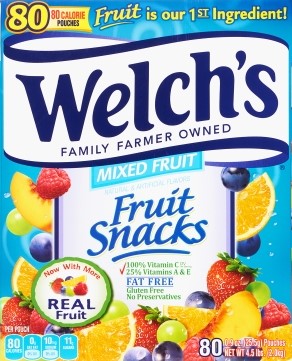
On the surface, the front label looks like a fairly healthy food product. Fruit is our 1st ingredient. Fat-free. Gluten-free. Only 80 calories per serving packet. No preservatives. Contains 100% of the daily requirement of vitamin C. The pretty pictures of fresh fruit and the statement “Family Farmer Owned” add to the aura of a healthy product.
However, now read the back label.
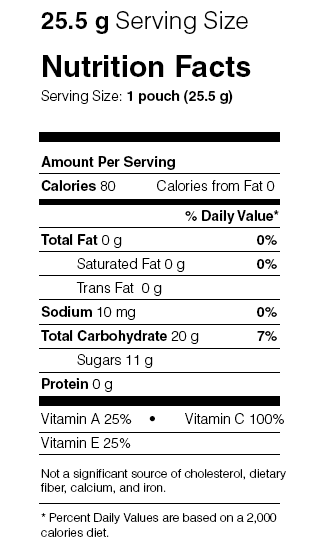
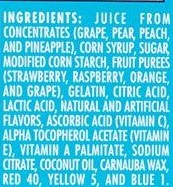
First of all, look closely and notice Vitamins C, E and A are added ingredients, not vitamins from the fruit itself. After that, observe the second and third ingredients—corn syrup and sugar. Finally, realize the absurdity of the “80 calories” claim. Because an orange contains only 47 calories and will supply your Vitamin C requirement for the day without the chemical food dyes like Red 40, (known to cause allergies, hyperactivity in children, and probably cancer) Yellow 5, and Blue 1.
Understand food claims on the front label
Know what food label claims on the front label are meaningful and which are merely marketing claims with no validity. Also, read the details of the nutrition label on the back of the product to evaluate these claims.
Here are some common food claims and their definitions.
Excellent Source
“Excellent” source claims may be made if the product contains. 20% or more of a certain nutrient Daily Value per serving. 1
Good Source
A “good” source of a nutrient means the product contains 10%-19% of the Daily Value of the nutrient.2
Natural or All Natural
The FDA currently does not regulate the use of “natural” or “all-natural” on food labels.
However, the USDA (United States Department of Agriculture) defines natural as containing “no artificial ingredient or color” and being only minimally processed. In addition, the label must state the meaning of the term “natural” for the specific food product. 3
Healthy
The FDA has defined what “healthy” means, but this is not legally enforceable. 4 Therefore, the term “healthy” is meaningless.
Look for certified food labels and claims
Look for these common food labels from certified organizations and trust that standards are maintained. However, this is only a partial list.
USDA Organic

Organic products have strict production and labeling requirements. Unless noted below, organic products must meet the following requirements: 5
- Produced without excluded methods (e.g., genetic engineering), ionizing radiation, or sewage sludge.
- Produced per the National List of Allowed and Prohibited Substances (National List).
- Overseen by a USDA National Organic Program- authorized certifying agent, following all USDA organic regulations.
Non-GMO Project Verified
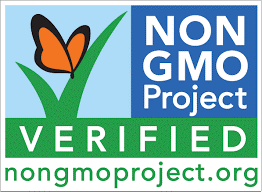
GMOs, or genetically modified organisms, are plants, animals, microorganisms or other organisms whose genetic makeup has been modified in a laboratory using genetic engineering or transgenic technology.
The Non-GMO Project is the only third-party verification program for non-GMO food and products in North America. Their mission is to preserve and build a non-GMO food supply that is safe and healthy for future generations. They do this by education and verification of non-GMO products. 6
Above all, look for the Non-GMO Project Verified label to know that a food product does not contain genetically modified ingredients. This does not verify that it is organic, but if a product is labeled USDA Organic, then it is by definition Non-GMO.
In particular, the five most prevalent GMO crops of corn, canola, soy, cotton and sugar beets end up as additives in all kinds of packaged foods. These additives include corn syrup, oil, sugar, flavoring agents, thickeners and hundreds of other ingredients.
Unfortunately, food products containing GMO ingredients are not labeled as such. So the only way you know if a product is non-GMO is by the Non-GMO Project Verified label or the USDA Organic label. 7
Summary
In conclusion, use these three tips to demystify food labels and claims. Make informed decisions at the grocery store.
- Be skeptical of the claims on the front label of a package.
- Understand food claims on the front label and read the nutrition label on the back of the package to verify.
- Look for and trust food labels from certified organizations.
References
- https://hgic.clemson.edu/factsheet/nutrient-claims-on-food-labels/
- https://hgic.clemson.edu/factsheet/nutrient-claims-on-food-labels/
- https://www.fsis.usda.gov/wps/portal/fsis/topics/food-safety-education/get-answers/food-safety-fact-sheets/food-labeling/meat-and-poultry-labeling-terms/meat-and-poultry-labeling-terms/
- https://www.fda.gov/regulatory-information/search-fda-guidance-documents/guidance-industry-use-term-healthy-labeling-human-food-products
- https://www.ams.usda.gov/sites/default/files/media/Labeling%20Organic%20Products%20Fact%20Sheet.pdf
- https://www.nongmoproject.org/product-verification/
- https://www.wholefoodsmarket.com/gmo-shopping-tips


